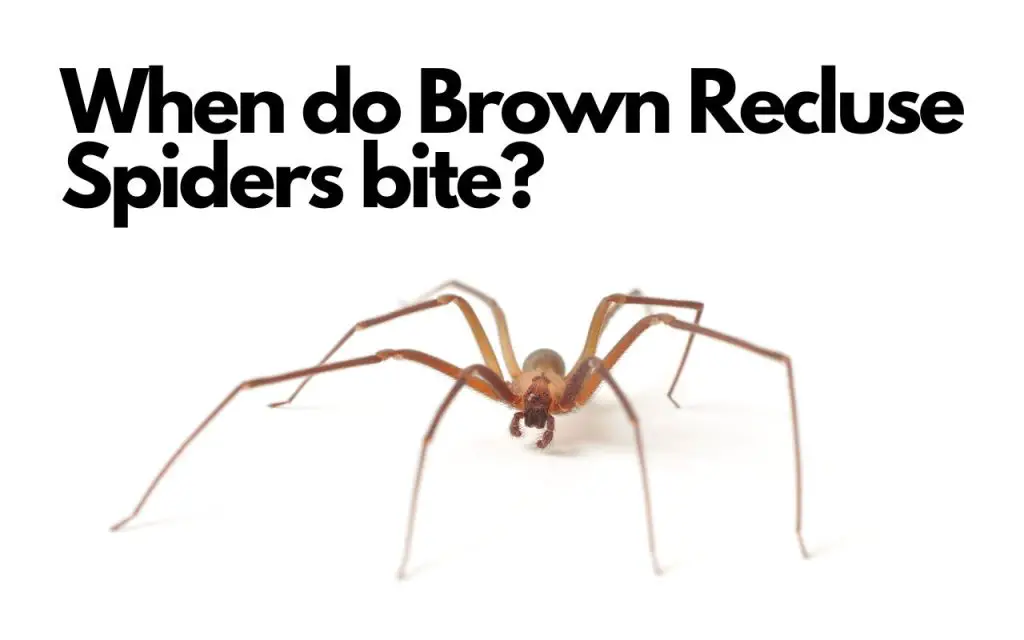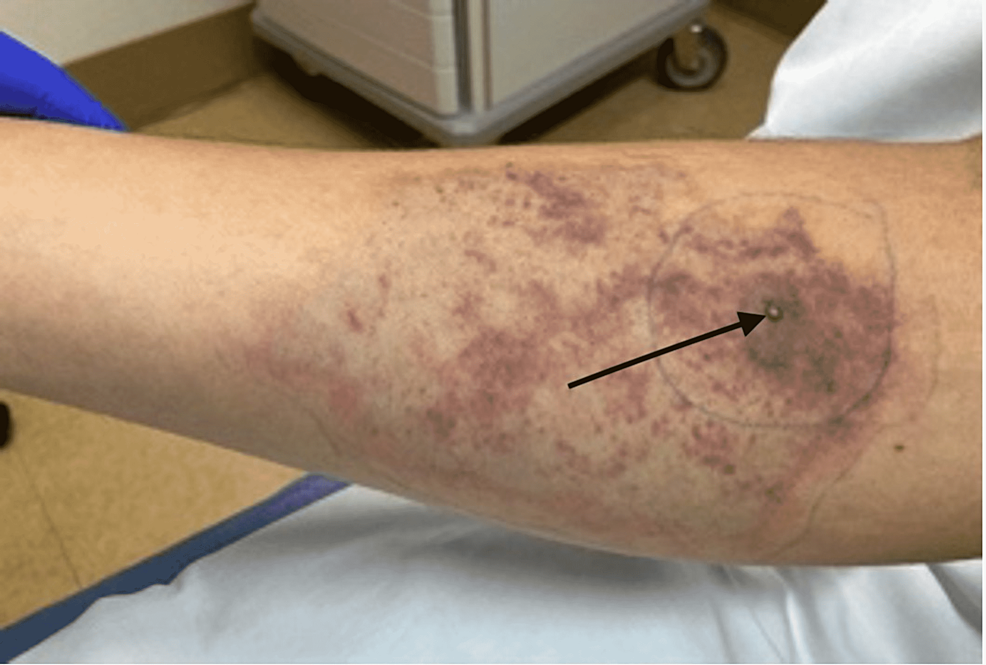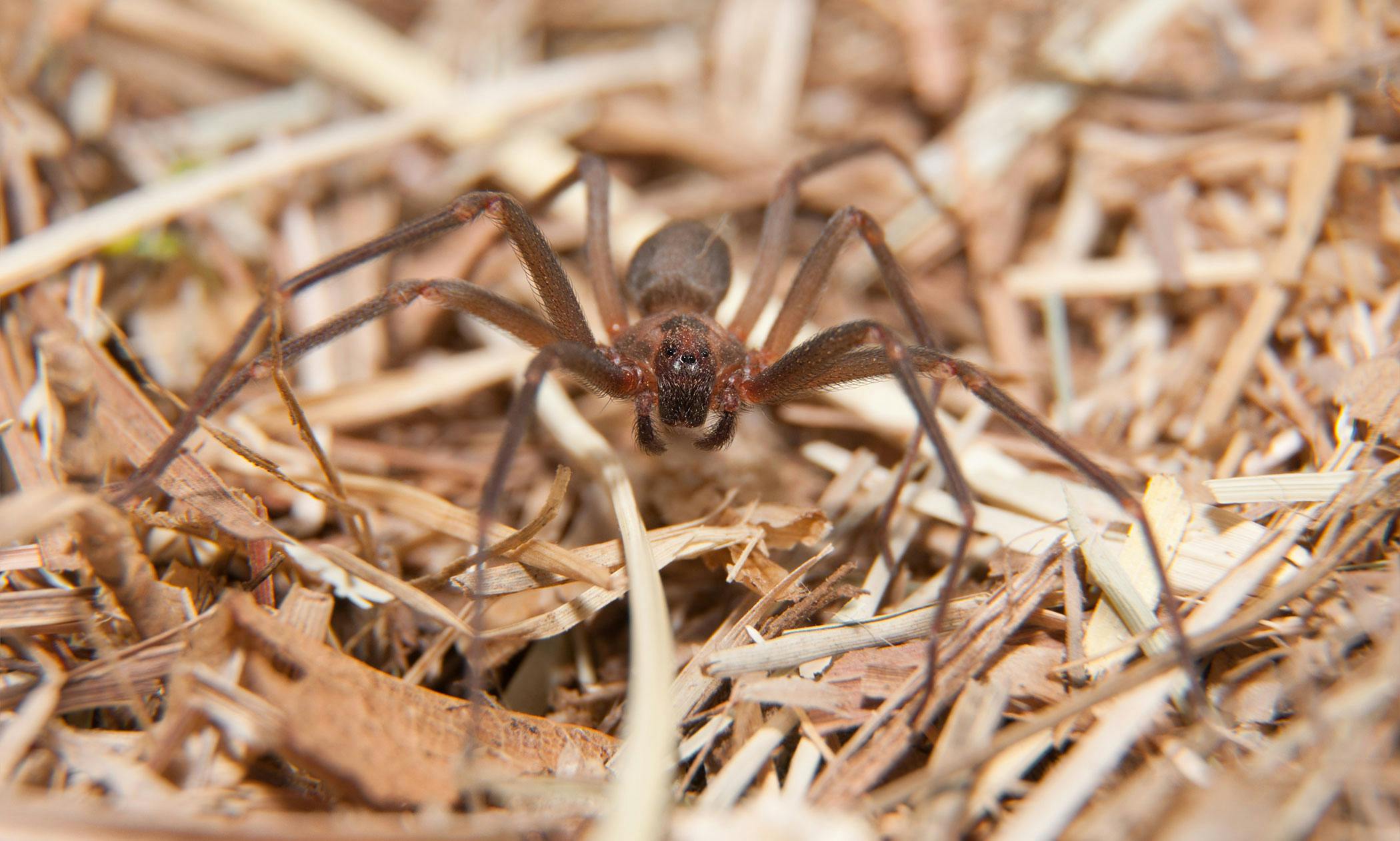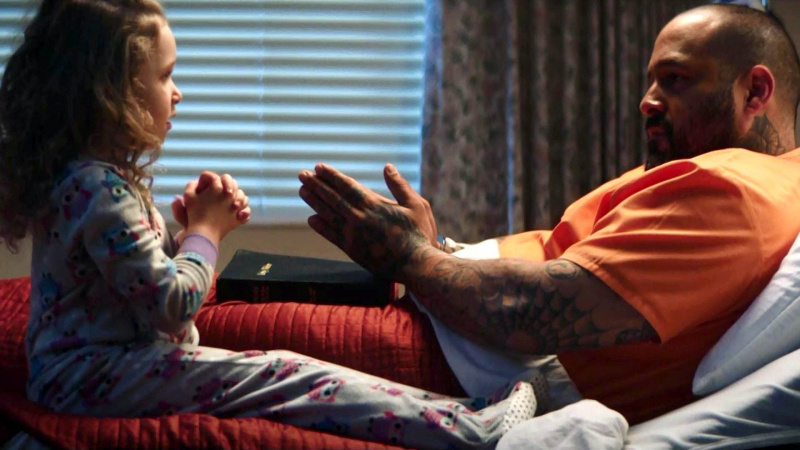

The brown recluse spider, known for its distinctive violin-shaped marking, is a creature that many dread encountering. While it is not aggressive by nature, a bite from this spider can lead to serious medical issues if not properly addressed. This article delves into everything you need to know about brown recluse bites, from recognition and symptoms to treatment and prevention.
Key Takeaways
- The brown recluse spider is primarily found in the central and southern United States.
- Bites can cause significant skin and systemic reactions, requiring prompt medical attention.
- Early recognition and treatment are crucial for minimizing complications.
- Preventive measures can significantly reduce the risk of brown recluse bites.
Identifying the Brown Recluse Spider
The brown recluse spider, scientifically known as Loxosceles reclusa, is often misidentified due to its subtle appearance. This spider is typically light to medium brown, with a darker violin-shaped marking on its back. Adult brown recluses measure approximately 1 to 1.5 inches in leg span. They are nocturnal and prefer to hide in dark, undisturbed areas such as attics, closets, and basements.
Geographical Distribution

Brown recluse spiders are predominantly found in the central and southern regions of the United States. States such as Arkansas, Missouri, and Oklahoma are known hotspots. However, due to human movement, they can occasionally be found outside these areas.
Recognizing a Brown Recluse Bite
Brown recluse bites are often painless at first, making them difficult to detect immediately. However, symptoms can develop within a few hours to days. Key indicators of a brown recluse bite include:
- Redness and Swelling: The bite area may become red and swollen, with a central blister that can develop into an ulcer.
- Necrosis: In severe cases, the tissue around the bite may die, leading to a necrotic lesion.
- Systemic Symptoms: Fever, chills, and body aches can occur, indicating a more severe reaction.
Stages of Reaction
The progression of a brown recluse bite can be categorized into three stages:
- Initial Reaction: Mild pain and itching may occur within the first 24 hours.
- Intermediate Stage: Redness and blistering may develop, with possible systemic symptoms.
- Advanced Stage: Necrosis and ulceration can occur, requiring medical intervention.
Treatment Options for Brown Recluse Bites
Immediate medical attention is recommended if a brown recluse bite is suspected. Treatment focuses on alleviating symptoms and preventing complications. Common approaches include:
- Cleaning the Wound: Gently wash the bite area with soap and water to reduce the risk of infection.
- Ice Application: Applying ice packs can help reduce swelling and pain.
- Medications: Over-the-counter pain relievers and antihistamines may be used to manage pain and itching.
- Antibiotics: Prescribed if secondary bacterial infection occurs.
- Surgical Intervention: In severe cases, surgical removal of necrotic tissue may be necessary.

Home Remedies and Myths
While several home remedies are touted as effective, it is crucial to rely on medical advice rather than unverified treatments. Common myths include using heat to neutralize venom, which can worsen the condition.

Preventing Brown Recluse Bites
Prevention is the best strategy against brown recluse bites. Consider these measures to reduce the risk:
- Declutter: Keep storage areas tidy and free of clutter where spiders may hide.
- Seal Entry Points: Use caulk to seal cracks and crevices in walls and foundations.
- Use Insecticides: Apply spider repellents in areas prone to infestation.
- Wear Protective Clothing: When cleaning or working in areas where spiders are likely, wear gloves and long sleeves.
While encounters with brown recluse spiders are relatively rare, knowledge and preparedness are key to managing potential bites. Recognizing the symptoms and understanding the necessary treatment options can significantly reduce the risk of severe complications. By taking preventive measures, you can protect yourself and your loved ones from these elusive arachnids.
In summary, staying informed about brown recluse bites can help ensure a swift and effective response, minimizing the impact of these potentially harmful encounters.




